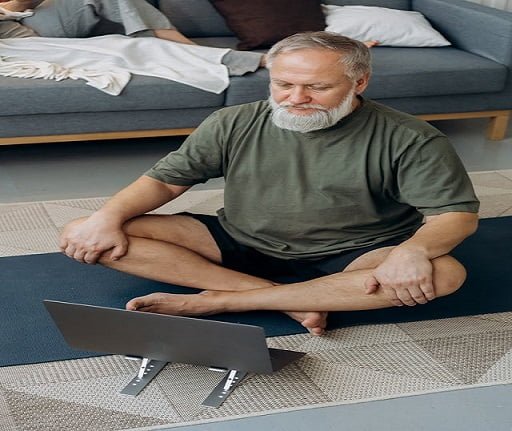In today’s fast-paced world, struggling with sleep has become all too common. Insomniacs and health enthusiasts alike understand the toll poor sleep quality can take on mental and physical health. From keeping up with demanding schedules to battling persistent sleep disorders, achieving restful sleep can seem like an elusive goal. But what if there was a simple solution that could help you reclaim your nights? Enter light therapy—a fascinating intervention gaining popularity for its potential to enhance sleep quality. In this post, we’ll explore how light therapy works and why it might be the answer to your sleep woes.
The Impact of Sleep Disorders on Daily Life
Sleep disorders affect millions worldwide, with insomniacs often facing the brunt of sleepless nights. The consequences extend beyond feeling tired; they can impair focus, mood, and productivity. Poor sleep quality is linked to increased stress, weakened immune function, and even chronic conditions like obesity and heart disease. For many, traditional remedies like medication or lifestyle adjustments offer limited relief, leaving them searching for alternatives that address the root causes of sleep disturbances.
Understanding Light Therapy
Light therapy is a compelling approach that involves exposure to specific wavelengths of light to stimulate natural bodily processes. Historically, light has been used to treat ailments such as seasonal affective disorder (SAD), but its applications have expanded significantly. Modern light therapy focuses on mimicking natural sunlight to influence circadian rhythms—our internal body clocks regulating sleep-wake cycles. By aligning these rhythms with external light cues, light therapy aids in the production of melatonin, a hormone crucial for initiating sleep.
Benefits of Light Therapy for Sleep Quality
Light therapy lamps offer numerous benefits for improving sleep quality. By regulating circadian rhythms, it helps synchronize your body with its natural sleep-wake cycle. This alignment promotes the timely release of melatonin, signaling your body to prepare for rest. Additionally, exposure to bright light during the day can improve alertness and mood, further enhancing overall well-being. Individuals with disrupted sleep patterns, such as night shift workers or those with jet lag, may find light therapy particularly beneficial in resetting their internal clocks.
Exploring Light Therapy Devices
The market is teeming with a variety of light therapy lamps, each catering to different sleep needs. These devices vary in intensity, color temperature, and design, making it essential to choose one suited to your specific requirements. Some lamps mimic natural daylight, while others offer adjustable settings for personalized exposure. Portable options allow you to incorporate light therapy seamlessly into your daily routine, whether at home or on the go. Researching and selecting the right device can ensure you reap the maximum benefits from light therapy.
Incorporating Light Therapy into Your Routine
To harness the full potential of light therapy, integrating it into your daily routine is key. Begin by setting aside dedicated time for exposure, ideally in the morning, to align your body clock with daylight. Start with short sessions and gradually increase duration to allow your body to adjust. Consistency is crucial—regular use will yield more significant improvements in sleep quality. Pairing light therapy with healthy sleep practices, such as maintaining a regular bedtime and creating a calming pre-sleep environment, can further enhance its effectiveness.
Conclusion
Incorporating light therapy into your life could be a game-changer for improving sleep quality. With its ability to regulate circadian rhythms, boost melatonin production, and promote overall well-being, light therapy presents a promising solution for those grappling with sleep disorders. If you’re seeking a natural and non-invasive approach to enhancing your sleep, consider exploring light therapy as part of your strategy. Remember, better sleep is within your reach, and taking proactive steps today can lead to brighter, more restful tomorrows.



